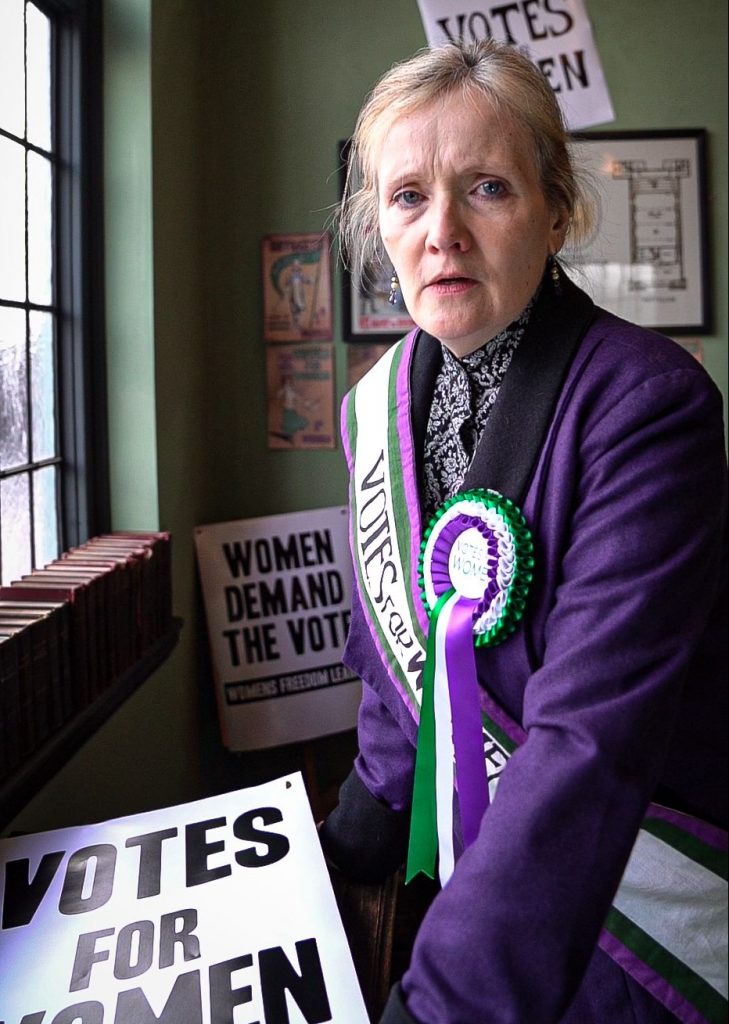Enjoy this article?
Most Museums Journal content is only available to members. Join the MA to get full access to the latest thinking and trends from across the sector, case studies and best practice advice.

The social media platform TikTok has unparalleled potential to help museums reach young and diverse audiences. As of July 2020 it had 800 million monthly active users (MAUs) compared with Twitter’s 320 million.
The number of TikTok users in the UK is expected to reach a whopping 10 million by 2021, and close to half of all users are between 18 and 24 years old.
I set up a TikTok account for the Black Country Living Museum in Dudley in August and within two months we had five million views and more than 100,000 followers. The depth of engagement and speed of growth has led others in the sector to ask: “How can we make TikTok work for us?”
I believe it represents an incredible opportunity to engage hard-to-reach audiences in a way that is authentic and meaningful. I’ve created six guiding principles for museums thinking about setting up an account. The key to TikTok’s popularity is that it represents a devastating blow to the top-down hegemony of the consumer-brand relationship. Users value the opportunity to interact with, and dictate, the media culture of brands.
To succeed, it’s helpful to think of your brand as a person: do you like people/museums who only talk about the things that interest them? Do you want to spend time with people/museums who talk at you? No. Young people in particular demand authenticity and a two-way conversation.
TikTok seems like an easy win because the videos are short (from three to 15 seconds), but creating them is time-intensive and requires planning. Importantly, it needs an open-minded organisational culture that has made peace with a changing brand-consumer relationship.
The TikTok “for you” page of recommendations is competitive, with talented users generating vast amounts of content daily. Before posting anything, set up an account for yourself. Liking videos and engaging with others’ content is the best way to understand the user experience. When you’re scrolling through, think about what makes you stop and interact with content. It’s important to grab viewers’ attention in the first three seconds – our videos will often start with “Hey you!” or “Wait, don’t scroll!”.
It is essential to find unique ways to hop on trends and use viral sounds and music. Use the “discover page” as inspiration for trends and challenges.

Tone of voice is important as it’s how your brand becomes real across digital touchpoints. TikTok demands a lot of back and forth in the comments section, so it’s important to be able to wield that brand voice confidently. The platform represents an opportunity for museums to assess whether their tone of voice is serving the venue’s purpose.
The Black Country Living Museum’s TikTok voice is irreverent, warm and working class. This is commensurate with who we are as a museum. It’s what connects with our virtual audiences the most meaningfully. This voice is consistent across other platforms, just adjusted slightly to suit the audience.
It can be difficult to plan at a pace that keeps up with the speed that TikTok requires, but do have a rough idea of what you want from an account. Are you open to doing POVs (videos shot from the viewer’s point of view), dancing trends and comedy sketches? Are your colleagues comfortable with this?
Bear in mind that TikTok is not going to adapt to the way museums are used to doing things so you will have to adapt to it. It’s also important to consider how TikTok will support your wider objectives and how you will track your success and communicate that to non-TikTokkers.
Always remember, it’s people, not things. Objects are only interesting because they tell us something about the human condition.
An entertaining human is best to tell that story. Who at your museum can bring the subject matter to life? Who’s going to work best in front of a camera? Don’t immediately rule out non-curatorial staff.
According to Haydn Corrodus, the digital marketing lead for Arts Council England South East, “the difference between reaching and engaging audiences lies in whether you can truly entertain them”.
But entertaining doesn’t always mean funny. We did a suffragette POV last autumn that reached more than 300,000 people and sparked conversations on feminism, race and class inequality.
There is no one-size-fits-all guide to making great content. It comes down to experimentation, good instincts and an audience-first approach. Consideration needs to be given to the people managing your social media. When those making key decisions do not represent the people we want to engage with, a disconnect can occur.
As the consumer-brand relationship shifts, it will be the museums that focus on hiring more representative staff with a deep understanding of brand strategy that will futureproof the sector, one TikTok at a time.
Most Museums Journal content is only available to members. Join the MA to get full access to the latest thinking and trends from across the sector, case studies and best practice advice.